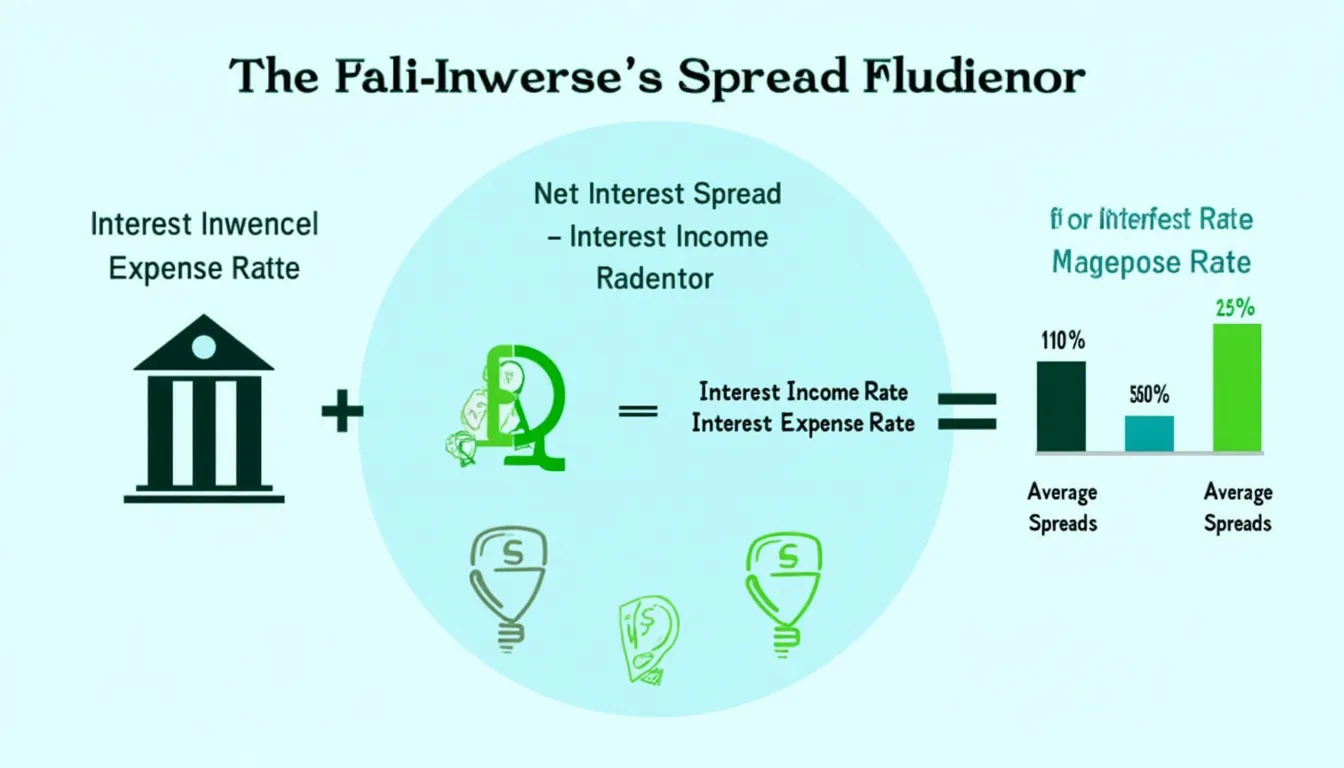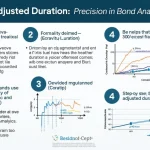Net Interest Spread Calculator
Is this tool helpful?
How to use the tool
- Enter Interest Income Rate (%)
• Example A: 7.25 %
• Example B: 9.40 % - Enter Interest Expense Rate (%)
• Example A: 2.15 %
• Example B: 4.65 % - Select “Calculate” to display your spread instantly.
Formula
$$\text{Net Interest Spread}= \text{Interest Income Rate} – \text{Interest Expense Rate}$$
Worked examples
- Example A: $$7.25\% – 2.15\% = 5.10\%$$
- Example B: $$9.40\% – 4.65\% = 4.75\%$$
Quick Facts
- Average U.S. bank net interest margin: 3.13 % in 2022 (FDIC Quarterly Report, 2023).
- Fed funds target range: 5.25 – 5.50 % as of Oct 2023 (Federal Reserve, 2023).
- Average savings account rate: 0.46 % Sep 2023 (Federal Reserve H.6, 2023).
- Net interest income for FDIC-insured banks: $275 billion 2022 (FDIC Quarterly, 2023).
- Basel III requires NSFR ≥ 100 % for funding stability (BIS, 2019).
FAQ
What is net interest spread?
The spread is the difference between the yield on earning assets and the cost of funding those assets (FDIC, 2023).
How do you calculate it?
Subtract the average interest rate paid on liabilities from the average rate earned on assets—both expressed in annual percentage terms.
Why does the spread matter to banks?
A larger spread directly lifts net interest income, the main profit driver for most commercial banks (FDIC, 2023).
How can your bank improve its spread?
Raise loan yields, lower deposit costs, shift toward higher-yield assets, or hedge interest-rate risk (McKinsey Global Banking Review, 2022).
What is a healthy benchmark spread?
Spreads near the 10-year industry median of 3 % indicate efficient pricing relative to peers (FDIC Historical Statistics, 2023).
How does a rate hike affect the spread?
Asset yields usually reprice faster than deposit costs, widening spreads during the initial hiking cycle (Federal Reserve, 2022).
Net interest spread vs. net interest margin?
Spread compares rates; margin divides net interest income by average earning assets, reflecting both rate and volume effects (Investopedia, 2023).
How often should you run the calculator?
Update at least monthly or whenever your loan or deposit pricing changes to capture current profitability.
Important Disclaimer
The calculations, results, and content provided by our tools are not guaranteed to be accurate, complete, or reliable. Users are responsible for verifying and interpreting the results. Our content and tools may contain errors, biases, or inconsistencies. Do not enter personal data, sensitive information, or personally identifiable information in our web forms or tools. Such data entry violates our terms of service and may result in unauthorized disclosure to third parties. We reserve the right to save inputs and outputs from our tools for the purposes of error debugging, bias identification, and performance improvement. External companies providing AI models used in our tools may also save and process data in accordance with their own policies. By using our tools, you consent to this data collection and processing. We reserve the right to limit the usage of our tools based on current usability factors.







